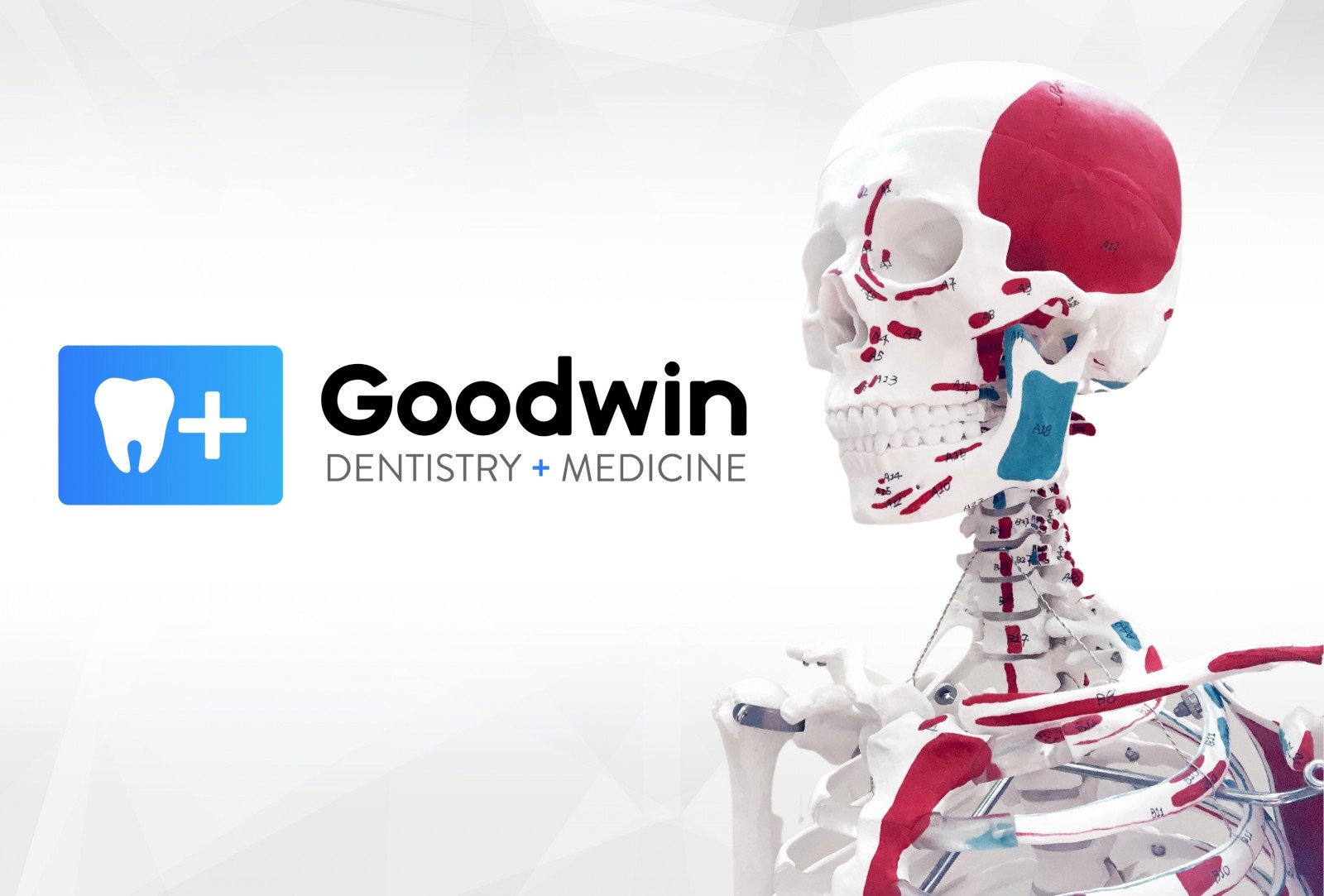What is the TMJ?

The number of joints in a person’s body ranges from 200 to upwards of 350 depending mostly upon the age of the individual. Amongst this variance in numbers, there are seven different types of joints. Some joints swivel around in a socket like a shoulder and hips, while others, such as your forefinger, act more like the hinge of the door. TMJ is the abbreviation for the temporomandibular joint. This joint is quite unique. There are no other areas in your body that come together, or articulate, the way that this one does. It is known as a bilateral, diarthrodial joint.1
The mandible is the lower jaw bone. If you’re into historical references then you may be interested to know that Samson from the Bible used a donkey’s mandible as a weapon to defend Israel from the occupying Philistines circa 11 century BCE. This bone is a single unit with an articulation on either end. The mandibular condyle is the knob shaped protuberance which forms the joint. Above, or superior, to the condyle is a concavity within the temporal bone called the glenoid fossa. These are the two bones that make up the TMJ. Between these bones is a small articular disc made of elastic and fibrous cartilage. Functionally, the disc guides the motions of the jaw. As the jaw moves the disc will buffer the bones from meeting. The lower portion restricts unhealthy movements while allowing speaking, eating, swallowing, and other functions. The upper portion of this disc is attached to the postglenoid process (which contributes to the upper wall of the external acoustic meatus) to prevent the disc from slipping.2
Surrounding this joint are several structures to help with its functions. The ligaments involved with the TMJ are the Sphenomandibular (limits translation after 10 degrees opening), Stylomandibular (limits protrusion), Collateral (anchors disc to condyle), Pterygomandibular (limits excessive movements), and discomalleolar ligaments (protects the synovial membrane and maintains pressure in the inner ear).
There are also several muscles that function to provide motion to the joint. To open the mouth the medial pterygoid, geniohyoideus, mylohyoideus, digastric muscles all function together. To close the mouth the masseter, temporalis, and lateral pterygoid function.
The last bit of relevant anatomy for this section is the retrodiscal tissue (RTD). This is a band of connective tissue that attaches the articular disc to the temporal bone. This tissue houses arteries, veins, and nerve fibers which help nourish the joint and provide sensation. This tissue also helps maintain the position of the disc, preventing dislocation.
The summary: The TMJ is the joint connecting the mandible to the skull. It functions as a sliding hinge to allow for speaking, eating, breathing, and more. A complex system of nerves, arteries, muscles, ligaments, and bones make up this joint.
All of these structures work in harmony to complete a healthy TMJ. Without this proper functioning and brilliantly designed joint, we would not be able to enjoy many of the things we enjoy most about life. Speaking, eating, facial expressions, swallowing, sucking, and balanced ear pressure.
References
1. Murphy MK, MacBarb RF, Wong ME, Athanasiou KA. Temporomandibular disorders: a review of etiology, clinical management, and tissue engineering strategies. Int J Oral Maxillofac Implants. 2013;28(6):e393–e414. doi:10.11607/jomi.te20
2. Bordoni B, Varacallo M. Anatomy, Head and Neck, Temporomandibular Joint. [Updated 2019 Feb 6]. In: StatPearls [Internet]. Treasure Island (FL): StatPearls Publishing; 2020 Jan-.
If you suspect an issue with your temporomandibular joint (TMJ), consider contacting our Team today for a TMJ consult with Dr. Aaron Goodwin DO DMD in Winter Park.
Goodwin Dentistry and Medicine has been serving Winter Park and Central Florida for over 60 years with compassion and excellence. Thank you to our kind community for voting Goodwin Dentistry and Medicine as a Winter Park Nextdoor Neighborhood favorite and one of Winter Park's Top Dentists six years in a row!